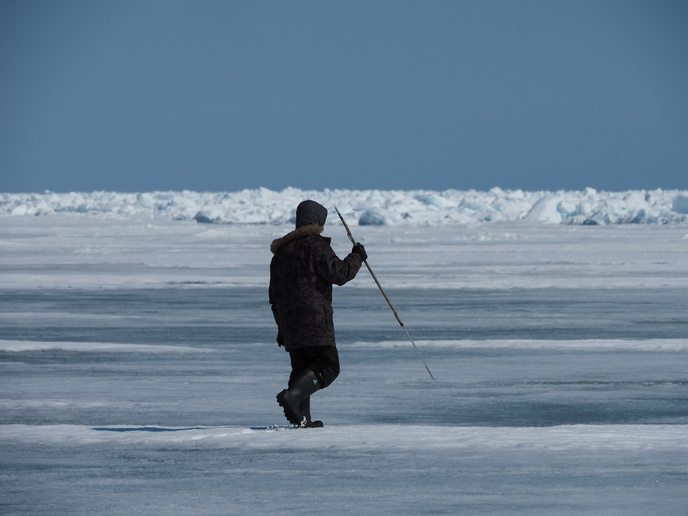Algal invasions on ship hulls
With more than 200 million Europeans living within 50km of the sea, its resources for trade, tourism and recreation are of vital importance. Ensuring that the 89,000km of coastline Europe remains intact and clear of threat is the purpose of the ALIENS project. As part of this project, specific protocols were developed to deal with the ecosystem threats carried on the hull of ships. The need for this has arisen because of increasing sea-based trade and from other factors such as bio-erosion and the growing risk of genetic transfer from non-native species. The protocol sets out to identify the algal species carried on the hull of ships while they lie at anchor in harbours. On arriving at the port, authorities will establish informal contact with the captain of the ship, explain the sampling programme to them and request authorisation to do so. To be as thorough as possible, information about shipping lanes and traffic should be attained on a daily basis. While further research is needed, the project aims to establish these controls as a means to prevent foreign invasions. An example of this occurred in Ireland with Sargassum muticum, a large brown floating seaweed, that was introduced there in 1987.







